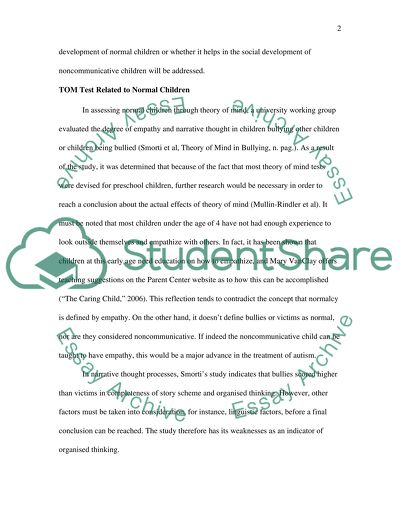Cite this document
(“Contribution of Theory of Mind in Social Progress: Autistic and Essay”, n.d.)
Retrieved from https://studentshare.org/miscellaneous/1501926-contribution-of-theory-of-mind-in-social-progress-autistic-and-sensory-impaired-children
Retrieved from https://studentshare.org/miscellaneous/1501926-contribution-of-theory-of-mind-in-social-progress-autistic-and-sensory-impaired-children
(Contribution of Theory of Mind in Social Progress: Autistic and Essay)
https://studentshare.org/miscellaneous/1501926-contribution-of-theory-of-mind-in-social-progress-autistic-and-sensory-impaired-children.
https://studentshare.org/miscellaneous/1501926-contribution-of-theory-of-mind-in-social-progress-autistic-and-sensory-impaired-children.
“Contribution of Theory of Mind in Social Progress: Autistic and Essay”, n.d. https://studentshare.org/miscellaneous/1501926-contribution-of-theory-of-mind-in-social-progress-autistic-and-sensory-impaired-children.


